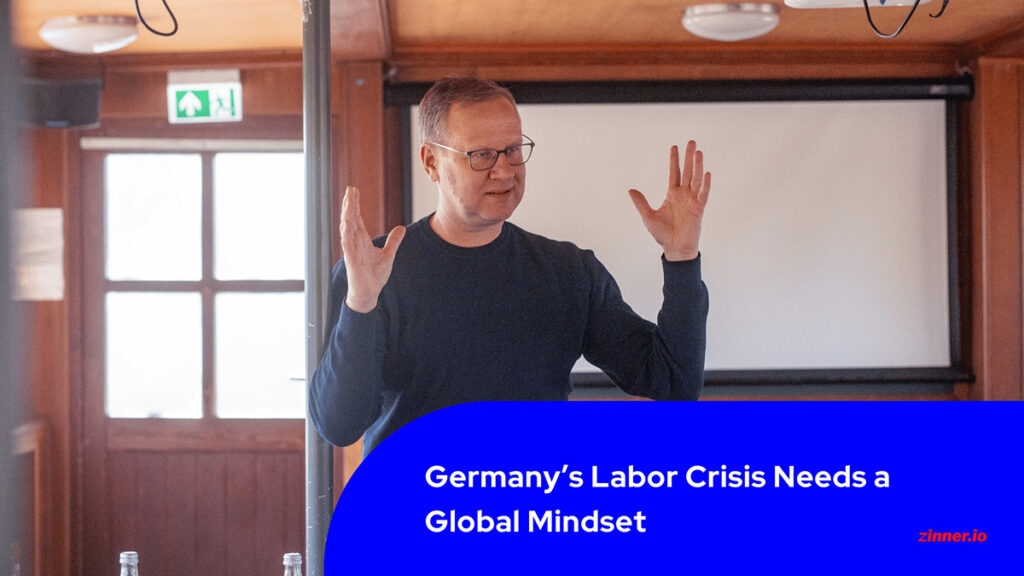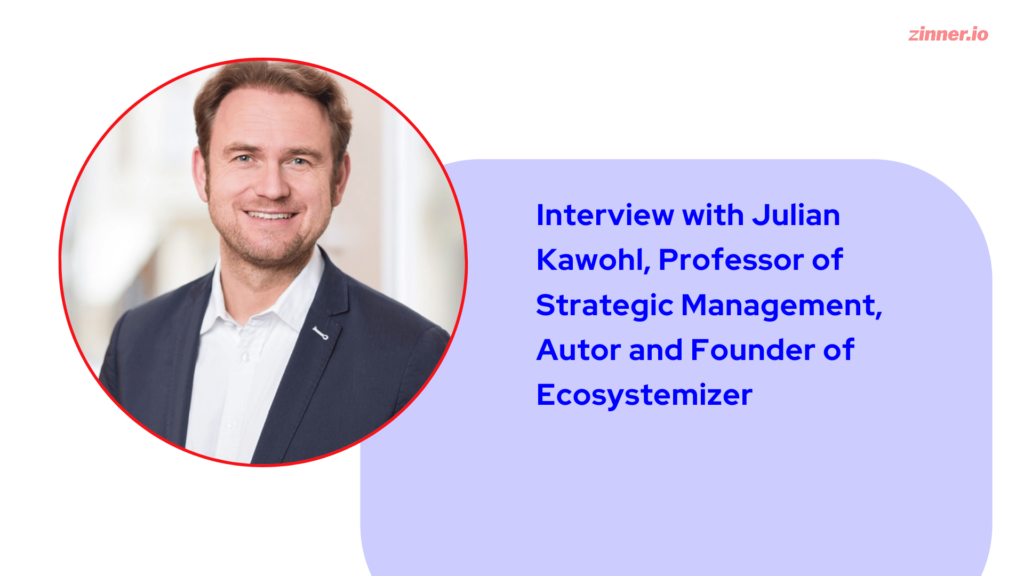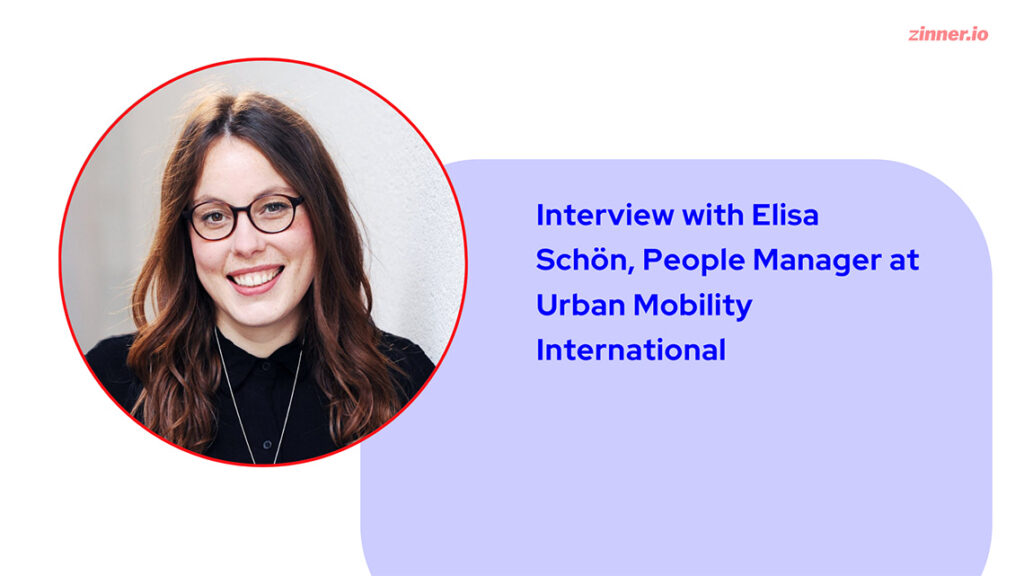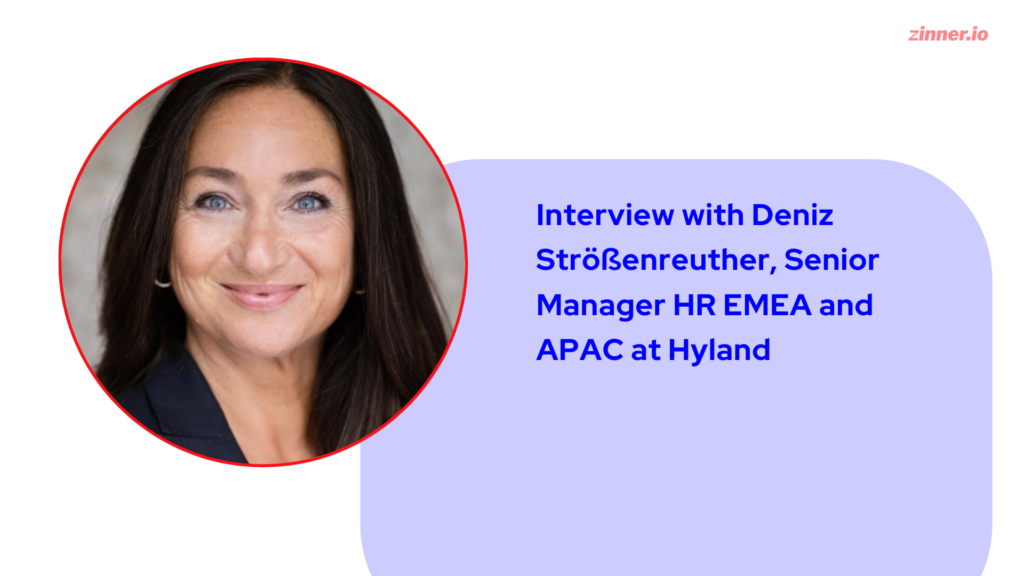How Mergers and Acquisitions Influence Global Mobility
M&As can disrupt established global mobility practices. As companies blend together or completely restructure, job roles may change. This can lead to international relocations or the integration of employees from different geographical locations into a single workforce. These changes can introduce new opportunities and challenges for global mobility managers.
For example, when two companies merge, there may be redundancies. This can result in the need for employee reassignments or layoffs and lead to a reshuffling of employees across locations. It’s then the task of global mobility managers to coordinate the logistics of these relocations.
Additionally, M&A transactions can create new business opportunities in previously untapped markets. As companies expand operations, they might need to establish a presence in new countries or regions. This expansion can involve relocating employees to these new locations so they can effectively manage newly acquired business units.
M&A transactions might also mean combining different corporate cultures and work practices. When companies from different countries join forces, things like policies, procedures and employee benefits need to be aligned. Here, global mobility managers may be required to facilitate the transfer of employees between locations to ensure a smooth transition.
Types of Mergers & Acquisitions in Global Mobility
Service Provider Synergy
Mergers and acquisitions between service providers are a strategic fusion of expertise and resources. Companies combine their unique strengths to offer a wider selection of mobility services. By joining forces, they can provide end-to-end solutions, covering everything from pre-relocation planning to post-relocation integration support. Taking this holistic approach enhance the customer experience. It also establishes the companies as full-service providers in global mobility.
Compliance Convergence
Legal frameworks vary significantly across regions and countries. Opting to conduct a merger for compliance management capabilities is an increasingly important trend. Companies want to combine their knowledge of regional and international compliance norms to create a unified platform capable of navigating the world of global people mobility regulations. This convergence ensures clients are always in line with the latest legal requirements and reduces the risk of fines or penalty costs.
Relocation Collaboration
The integration of companies that specialize in different aspects of relocation, like logistical support or addressing the human aspects of moving, is reshaping the entire experience. These collaborations aim to create a comprehensive and seamless approach to employee relocation. By combining logistical expertise with emotional insight, these combined entities offer a more empathetic and efficient relocation service.
Niche Mergers
When niche providers merge, they create highly specialized entities with comprehensive offerings. This generates new market segments in the global mobility sector that cater to specific needs broader service providers might overlook. These mergers allow for a more targeted global mobility approach. They address specific client needs with a high degree of expertise and customization.
Functional Integration
Beyond service provision, M&As are also happening within global mobility functions themselves. This focuses on streamlining internal processes and enhancing operational efficiency. Integrating functions like HR, finance and logistics under a single umbrella allows companies to provide more cohesive and efficient services. This integration improves service delivery and simplifies the client experience. They only need one single point of contact for all their global mobility needs.
Ensuring Successful Integration Post-M&A
The period immediately following a merger or acquisition is critical. It demands careful planning and execution. Integration plays a crucial role in post-M&A success. Organizations should create a comprehensive plan to integrate employees from both companies seamlessly. Successfully navigating this phase requires attention to several key areas:
Cultural Alignment
The integration of corporate cultures is a delicate process requiring careful attention. A smooth transition relies on understanding and respecting the distinct ethos of each merging entity. This alignment is not only about corporate values and practices. It’s also about addressing employee concerns and expectations. Effective communication and a clear vision for the future are essential. This helps ensure all stakeholders are on the same page.
Technology Harmonization
Aligning technological platforms is another critical consideration. Merging data systems, software and digital tools guarantees continuous service delivery and improves operational efficiency. The aim here is to create a seamless technological ecosystem that supports the objectives and processes of the newly formed entity.
Service Continuity
Maintaining uninterrupted services during the integration phase is crucial. Clients should not experience declines in service quality or responsiveness during the transition. This needs meticulous planning and resource allocation to make sure all client needs are met without disruption.
Employee Engagement
To maintain morale and productivity, it’s vital to keep employees informed and engaged throughout the integration process. Employees are a key asset to any business. Their support and buy-in are essential for a successful merger. Effectively managing the change requires regular updates, transparent communication and opportunities for feedback.
Regulatory Compliance
Newly formed single entities must always adhere to relevant legal and regulatory frameworks. This is non-negotiable. It becomes more important in global mobility, where compliance is complex and varies by region. It’s essential to have a deep understanding and integration of compliance processes are essential to avoid legal pitfalls and maintain reputations.
Brand Coherence
A coherent brand identity is essential. Even more so post-merger. It is critical for market position and brand perception to establish one as soon as possible. The new brand should reflect the combined strengths and values of the merging entities. It should create a unified image that resonates with existing and potential future clients. This involves visual branding elements as well as the messaging and communication strategy.
Carve-Outs as an Alternative Strategy in Global Mobility
Carve-outs are a strategic option distinct from mergers and acquisitions in the global mobility sector. This approach involves a parent company splitting off part of its business, like a subsidiary or specific department, and creating a new entity. Alternatively, a carve-out can involve integrating a part of its business with a different organization. These moves are particularly valuable in global mobility due to the potential to streamline operations and focus on core competencies. For example, a company specializing in global mobility might separate its relocation services division. This could result in a more specialized, efficient and effective operation. Carve-outs allow for the creation of entities that are adaptable and focused, thus better equipped to meet the specific demands and changes in the global mobility landscape.
Choosing between carve-outs and M&As requires careful evaluation of various factors. Long-term objectives, core competencies, market dynamics and financial capabilities must be considered. The decision should align with the overall business strategy to ensure the chosen path provides the most value and supports sustainable growth.
Conclusion
M&As in global mobility are reshaping the industry. Not just in terms of corporate structure, but also in how global talent is moved and managed. The changing landscape presents a range of challenges and opportunities. It has the potential to enhance service delivery, expand market reach and create robust, comprehensive global mobility solutions. The success of these mergers and acquisitions hinges on strategic planning, careful integration and a deep understanding of the complexities involved in global talent mobility.
Author: Daniel Zinner
International HR expert, entrepreneur, and communications consultant. His expertise lies in HR, strategy, digitalisation and transformation strategy.










